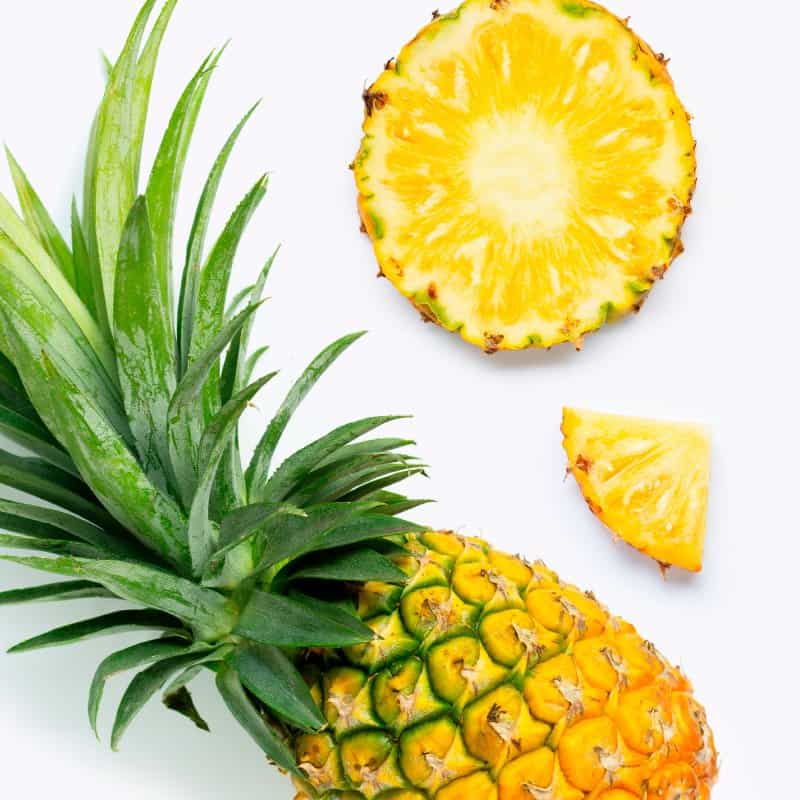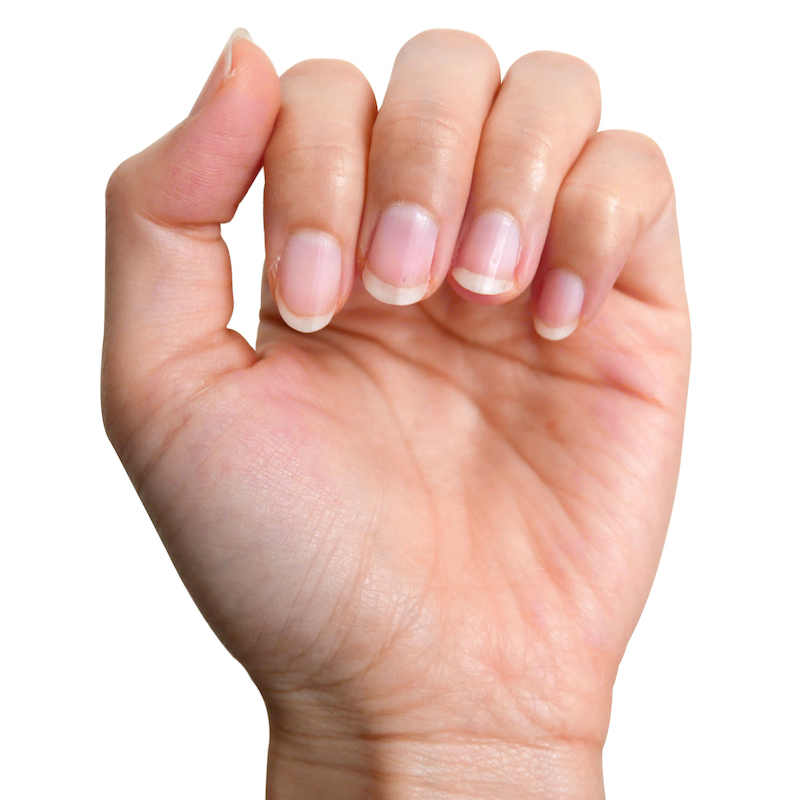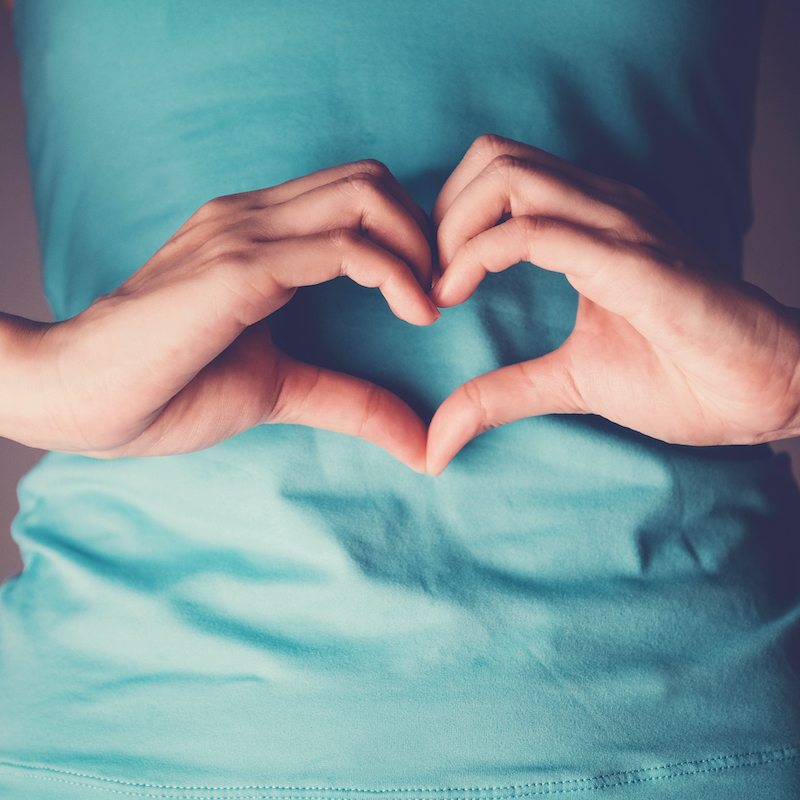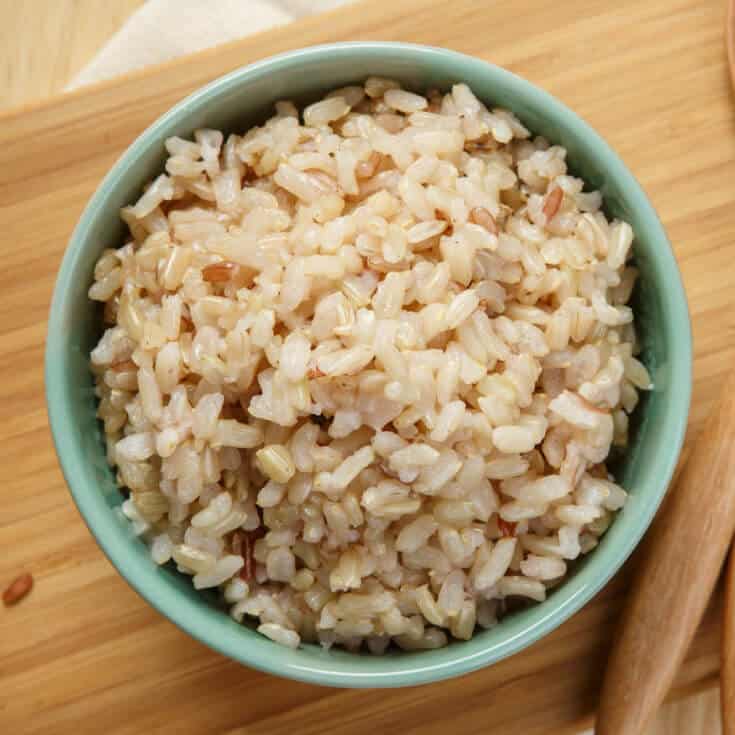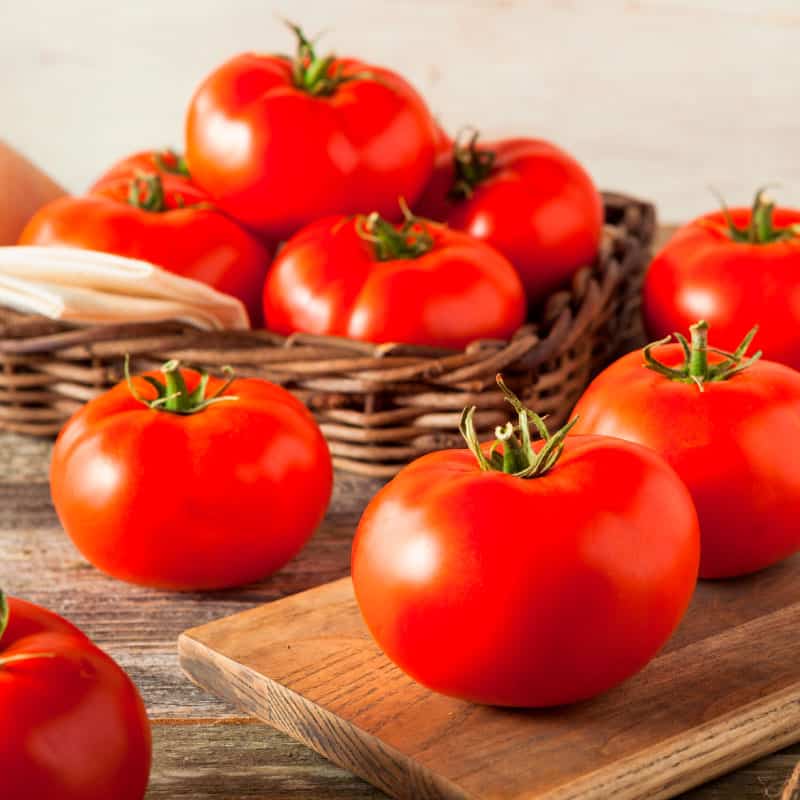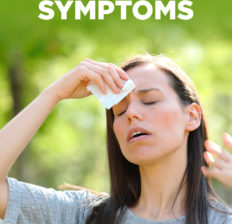This Dr. Axe content is medically reviewed or fact checked to ensure factually accurate information.
With strict editorial sourcing guidelines, we only link to academic research institutions, reputable media sites and, when research is available, medically peer-reviewed studies. Note that the numbers in parentheses (1, 2, etc.) are clickable links to these studies.
The information in our articles is NOT intended to replace a one-on-one relationship with a qualified health care professional and is not intended as medical advice.
This article is based on scientific evidence, written by experts and fact checked by our trained editorial staff. Note that the numbers in parentheses (1, 2, etc.) are clickable links to medically peer-reviewed studies.
Our team includes licensed nutritionists and dietitians, certified health education specialists, as well as certified strength and conditioning specialists, personal trainers and corrective exercise specialists. Our team aims to be not only thorough with its research, but also objective and unbiased.
The information in our articles is NOT intended to replace a one-on-one relationship with a qualified health care professional and is not intended as medical advice.
5 Natural Treatments for Dehydration Symptoms
July 24, 2024
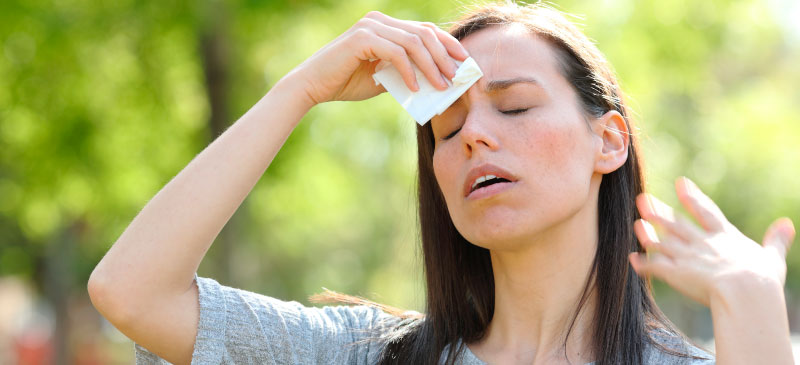
Most of us love the summer months, spending time anywhere the weather’s warm and working up a good sweat. However, long periods of hot, humid climates — or exposure to soaring temperatures in other forms, such as from exercising (especially in the heat) — can lead to problems associated with an electrolyte imbalance, including dehydration symptoms.
Some surveys show that 60 percent to 75 percent of Americans don’t drink enough water daily, and up to 30 percent of older adults may be chronically dehydrated. Staying properly hydrated, especially whenever you’re losing fluids, is the very best way to feel your best and also ward off potential heat exhaustion and dehydration symptoms.
Whom does dehydration affect most? Athletes, people who perform manual labor outdoors, young children, those with gastrointestinal health conditions and the elderly are all at higher risk for experiencing dehydration symptoms.
What do you need to do in order to protect yourself from the sometimes-dangerous effects of fluid and electrolyte loss? As you’ll learn, drinking enough water daily, monitoring your thirst and urination, and rehydrating after workouts are all important steps to prevent dehydration symptoms.
What Is Dehydration?
Dehydration occurs when there is a harmful reduction in the amount of water in the body. It’s possible to become dehydrated if you lose as little as 3 percent of your body weight from water depletion.
There are three main types of dehydration, depending on the specific fluids that are lost:
- Hypotonic or hyponatremic: Low levels of electrolytes, mostly sodium.
- Hypertonic or hypernatremic: The loss of water.
- Isotonic or isonatremic: Low levels of both water and electrolytes.
Any of these three types of dehydration can be mild, moderate or severe.
- Mild is when the body has lost about 1 percent to 2 percent of its total fluids.
- Moderate is the body losing 5 percent of total fluids.
- Severe dehydration is when the body has lost about 10 percent of its fluids. Severe dehydration, as you can probably guess, is considered a life-threatening emergency.
Here’s what happens in the body when someone becomes dehydrated:
Dehydration is defined as the excessive loss of bodily fluids. In other words, it occurs when the body needs more fluids than are being consumed in order to function normally.
The bodily fluids that are lost and desperately needed during dehydration are either water (H2O), one or more electrolytes, or commonly a combination of both.
Electrolytes are substances that are required at specific levels in the body to carry electrical signals, help keep pH balanced and maintain critical functions, like heartbeat rhythms and nerve signaling.
The main types of electrolytes found in the body are:
- calcium
- sodium
- potassium
- chloride
- magnesium
- bicarbonate
Out of these electrolytes, potassium, sodium and chloride ions are considered the “most essential” electrolytes in regard to hydration.
Some parts of the body are more “electrically wired” than others, so they require higher amounts of these important ions (electrolytes). The body parts that most rely on proper electrolyte balance and hydration — and are therefore especially prone to damage caused by low fluid levels — are the brain, central nervous system and muscular system.
Here’s an overview of the role that different electrolytes have and how they can contribute to dehydration:
- Too much sodium can cause a type of dehydration called hypernatremia. High sodium intake is a big concern for people eating a “typical Western diet” or what many refer to as the standard American diet, which includes many packaged foods.
- Potassium plays a critical role in regulating heartbeat and muscle functions. A deviation in potassium levels, either higher than they should be or lower than the body requires, can adversely impact the heart rhythm and cause changes in blood pressure. Many people are low in potassium, which is made worse by consuming lots of sodium.
- Chloride helps with balancing other fluids. A significant increase or decrease in chloride levels in the body can lead to serious health problems, including death.
- Magnesium is needed for muscle contractions, proper heart rhythms, nerve functioning, bone-building and strength, reducing anxiety, digestion, and keeping a stable protein-fluid balance. That’s why magnesium deficiency is harmful and can lead to side effects.
A variety of hormones also control the activity and concentrations of electrolytes in body. Electrolytes are mainly secreted in the kidneys and adrenal glands.
They’re controlled by hormones, including rennin, angiotensin, aldosterone and antidiuretic hormones.
Dehydration Symptoms
How can you tell if you are dehydrated? There’s a lot more to dehydration than simply feeling very thirsty.
For example, some other signs of dehydration are having tension in your neck or jaw, constipation, vomiting, and lingering muscle spasms.
What are the 10 signs of dehydration? The most common warning signs and symptoms of dehydration are:
- Dry mouth
- Sleepiness
- Feeling thirsty
- Decreased urination
- Muscle weakness
- Fatigue
- Headache
- Dizziness
- Nausea
- Diarrhea
Research now shows just how much dehydration can impact overall moods and cognitive functions, contributing to a lack of concentration, along with impairments in vision, perceptive discrimination, tracking, recall, attention, psychomotor skills, memory and even self-esteem.
This makes sense considering that about 60 percent of our bodies are composed of water, while 75 percent to 79 percent of our muscles and 73 percent to 85 percent of our brains are made up of water.
Digestive issue are also a common sign of dehydration (including in young children). That’s because muscles within the digestive tract need enough water to contract properly in order to help you go to the bathroom.
Either high or low levels of water and/or electrolytes can result in diarrhea, constipation, cramping or hemorrhoids.
Among the elderly, dehydration is one of the main reasons for hospitalizations each year. Many elderly people experience health problems during extreme weather periods, such as high heat in the summertime, which can increase the need or water.
If dehydration progresses over a period of time, severe dehydration symptoms might be experienced, such as:
- Extreme thirst
- Irritability
- Confusion
- Extremely dry mouth and mucus membranes
- Sunken eyes
- Lack of sweating
- Lack of tears
- Very dry skin
- Very little or no urination
- In babies, sunken fontanel (a “soft spot” on their heads)
- Skin that won’t “bounce back” when touched (due to moisture loss)
- Low blood pressure
- Rapid heartbeats or irregular heart rates
- Fever
- Delirium
- Rhabdomyolysis
There are subtle differences between the signs of dehydration and the signs of hypernatremia. Hypernatremia is characterized by loss of water more than loss of electrolytes.
Some of the symptoms of dehydration and hypernatremia are similar, although they might affect people differently.
Hypernatremia isn’t always more serious than dehydration, but for some symptoms are more noticeable and severe.
Here are some symptoms of hypernatremia:
- Warm, velvety skin
- Dry mucus membranes
- Complaints of extreme thirst
- Twitching
- Lethargy
- Irritability
- Confusion
- Rigidity and stiffness of the muscles or joints
- Convulsions
Causes/Risk Factors
Dehydration can happen for all sorts of reasons, from eating a poor diet to becoming sick and having a fever.
Below are groups of people at a higher risk for experiencing dehydration symptoms:
- Young children and infants: An infant’s fluid exchange rate is seven times greater than that of an adult, and an infant’s metabolic rate is two times greater relative to body weight. These factors influence fluid levels, as does many children’s hesitancy to drink enough plain water.
- The elderly: Older people often don’t eat enough or drink enough water. Sometimes they lose the ability to feel thirsty or become accustomed to experiencing dehydration symptoms, such as fatigue.
- Anyone who is chronically ill, especially if the illness involves vomiting or diarrhea, which causes the body to lose more water.
- Those overcoming fevers or viruses. It’s been found that vomiting patients and those with a stomach virus or fever likely have both restricted intakes of water and also low levels of electrolytes through vomit itself.
- People recovering from surgery, during which they might not be drinking enough water due to not feeling well.
- Endurance athletes.
- High-altitude dwellers.
- Those living or working in very hot, humid conditions: The daily water requirements for temperate conditions can double or even triple in very hot weather.
- Farmers, miners, military personnel, construction workers, firefighters, forest workers, park and recreation employees, and industrial personnel are often highly physically active at work and have been found to experience higher rates of dehydration.
- Anyone sweating a lot.
- Eating a poor diet that’s low in essential minerals and nutrients from whole foods.
- Having digestive issues that block normal absorption of nutrients from foods.
- Those with hormonal imbalances and endocrine disorders, which can affect urination, such as hyperthyroidism.
- Anyone taking certain medications, including those used to treat cancer, heart disease or hormonal disorders. This can include people taking antibiotics, over-the-counter diuretics or corticosteroid hormones.
- Those with kidney disease or damage: The kidneys play a critical role in regulating chloride in your blood and “flushing out” potassium, magnesium and sodium.
- People recovering from sepsis or those with asthma or chronic obstructive pulmonary disease (COPD).
- Chemotherapy patients: Treatment can cause side effects of low blood calcium or calcium deficiency, changes in blood potassium levels, and other electrolyte deficiencies.
- Using certain street/illegal drugs that increase urination, such as alcohol; stimulants, like cocaine and ecstasy; and opioids, such as heroin or codeine.
Natural Treatments
1. Drink enough water daily
What is the fastest way to treat dehydration? Oral rehydration with water is the best option in many cases.
It’s vital to listen to your body and drink water throughout the day. Water is the best way to prevent and beat dehydration symptoms, especially during the warm summer months when we’re all prone to perspiring even more than usual.
Simply consuming the recommended eight to 10 eight-ounce glasses of water on a daily basis is usually enough for most to maintain healthy electrolyte levels and avoid dehydration symptoms. When you’re exposed to very hot temperatures, or during and after workouts, drinking more is a good idea.
Factors like your diet, age, physical activity level and body size all determine how much water you need.
How do you know you’re drinking enough water? A good rule of thumb is to drink enough so you urinate at least every three to four hours.
Your urine shouldn’t be dark yellow but doesn’t need to be clear either. You’re looking for a color somewhere in the middle, usually a pale yellow.
For most people, this happens when they consume eight to 10 glasses daily, but again your needs might vary depending on the day.
Keep in mind that women who are pregnant or breastfeeding need additional fluids (about 10–13 glasses every day) to stay hydrated and prevent deficiencies, as do teenagers who are growing and developing faster than people of other ages.
Anyone taking antibiotics, diuretics, hormonal pills, blood pressure medications or cancer treatments might also become dehydrated more easily, so extra fluids are a good idea.
2. Eat more hydrating foods
Here are 10 of the best naturally hydrating foods to eat regularly:
- Coconut water or coconut milk
- Celery
- Watermelon and other melon
- Cucumber
- Kiwi
- Bell peppers
- Citrus fruits, like oranges and grapefruit
- Carrots
- Cultured dairy foods (including yogurt, kefir and amasai)
- Pineapple
Other good sources of water from foods are:
- bananas
- grapes
- bitter melon
- papaya
- lettuce
- berries
- avocado
- zucchini
- tomatoes
- radishes
Another important step to maintaining normal electrolyte levels is to decrease foods high in sodium, including those that are packaged, canned, frozen or processed.
As you can see, foods that are hydrating tend to be vegetables and fruits. They have a high water content and also contain valuable electrolytes.
There’s a reason tropical fruits like mangos and pineapple are so popular among populations living near the equator where it’s very warm.
One example is those living in Costa Rica, an area that’s one of the world’s healthy blue zones. People living there have one of the longest expected life spans in the world and regularly eat hydrating foods, like tomatoes, oranges and mangos.

3. Try healthy alternatives to plain water
If drinking regular water isn’t always appealing to you, you’ll be happy to know that there are other low-sugar, hydrating options. Coconut water is one of nature’s best hydrating drinks, for example.
Coconut water contains many things that contribute to hydration, like potassium, amino acids, enzymes, growth factors and minerals. In fact, the chemical makeup of coconut water is similar to human blood, which makes it perfect for helping us recover from dehydration symptoms or workouts.
Other drinks that can help keep you hydrated are:
- Homemade vegetable juices
- Fruit smoothies
- Vegetable pops made from pureed and frozen fruit
- Herbal teas
- Sparkling water with fruit slices
- Warm water with fresh-squeezed lemon or lime and a little raw honey
- Hot water with fresh-steeped herbs (such as ginger, peppermint or dandelion)
- Coconut kefir
- Kombucha
- Bone broth and other vegetable broths
Avoid too much alcohol, too much caffeine from coffee or tea, and soda and sweetened drinks. All of these can cause increased urination, dehydration and, in the case of too much sugar, inflammation.
4. Hydrate during and after exercise
During times of increased activity or exercise, we lose more water and electrolytes because we sweat more, and dehydration symptoms can set in. The best way to offset this process is to consume more fluids than usual.
Aim to drink water before a workout, at least some while exercising and a glass immediately after. All in all, aim for about 1.5 to 2.5 cups for shorter workouts and about three extra cups for longer workouts that last more than one hour.
In the case of vigorous exercise or endurance training, it’s also beneficial to drink something with natural electrolytes, including sodium chloride or potassium chloride. The problem is that most sports drinks have tons of added sugar and synthetic flavorings, so opt for something like coconut water instead.
It’s also helpful to eat a balanced meal after exercise and then continue drinking water throughout the rest of the day. If you notice yourself feeling dizzy or heavily cramping, try drinking more fluids immediately and consuming something with electrolytes until you feel better.
5. Prevent dehydration during illnesses
If you’ve been sick, such as with a fever that causes vomiting or diarrhea, or you have a gastrointestinal issue that causes these symptoms (such as inflammatory bowel diseases like Crohn’s disease), make sure to increase your water intake.
Dehydration caused by illnesses can contribute to complications, including kidney stones, bladder infections, urinary tract stones and potentially even heart failure. Electrolyte drinks can be helpful during chronic vomiting or diarrhea.
If you’re showing signs of severe dehydration, head to your health care provider for help. You may need to be treated with a solution of oral rehydration salts, intravenous (IV) fluids or electrolytes if necessary .
Risks and Side Effects
What are the side effects of dehydration? Both infants and older adults sometimes limit voluntary fluid intake, and this can increase the risk of:
- dizziness
- falls
- urinary tract infections
- dental disease
- kidney stones
- chronic constipation
While moderate dehydration is dangerous for anyone, infants/young children and anyone recovering from serious illnesses should be monitored to avoid complications.
If urination stops or becomes very infrequent, it’s time to see a doctor right away to rule out underlying causes that may be life-threatening.
Older adults and those who are sick can quickly become dehydrated due to age-associated and inflammation-related physiologic changes. These can include nutrient impairment, thirst impairment, incontinence, reduced mobility (constipation) and confusion.
Conclusion
- Dehydration occurs when too much fluid is lost from the body compared to how much is taken in.
- What are the signs of dehydration? The most common dehydration symptoms are dizziness, shakiness, constipation, headaches, feeling very thirsty, dark-colored urine, irritability, trouble concentrating, and dry skin and eyes.
- Dehydration needs to be treated, or it can cause complications, such as kidney damage, irregular heart rate, fainting, trouble seeing, falling due to poor balance and even seizures. People with existing health conditions, the elderly and infants are most susceptible to these side effects.
- The best natural treatments for dehydration symptoms are drinking more water throughout the day (or other hydrating beverages), avoiding alcohol and too much salt or caffeine, consuming more hydrating fruits and veggies, and refueling with extra electrolytes during/after workouts or times of illness.




